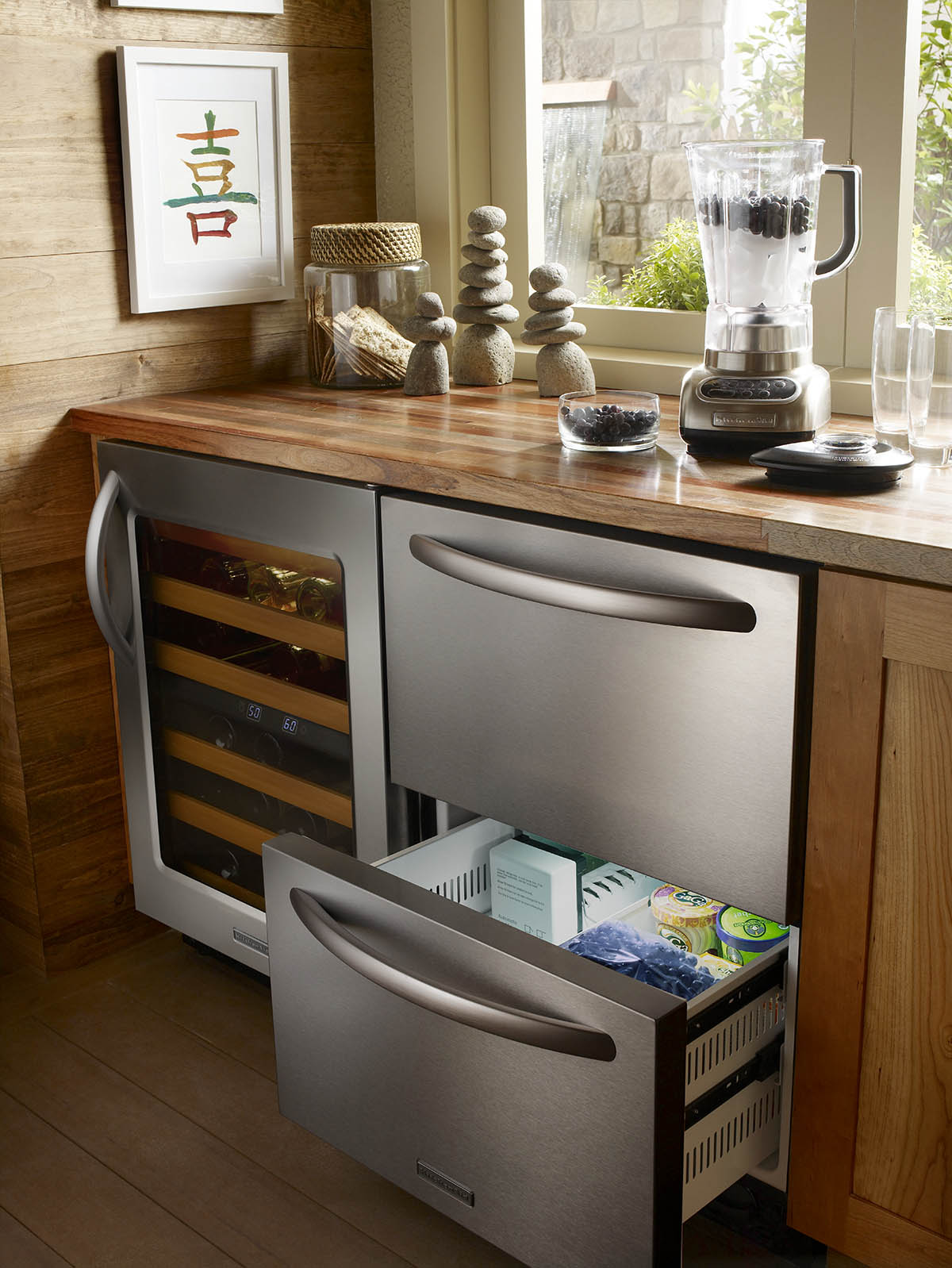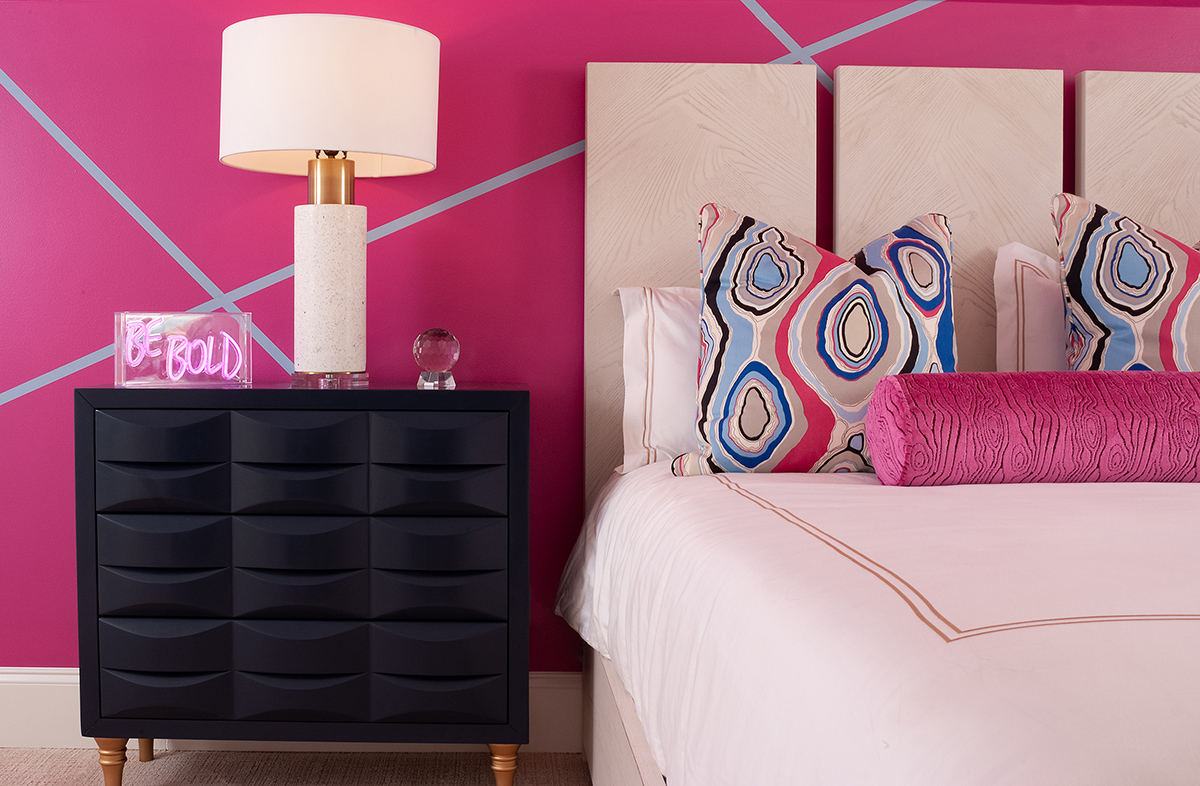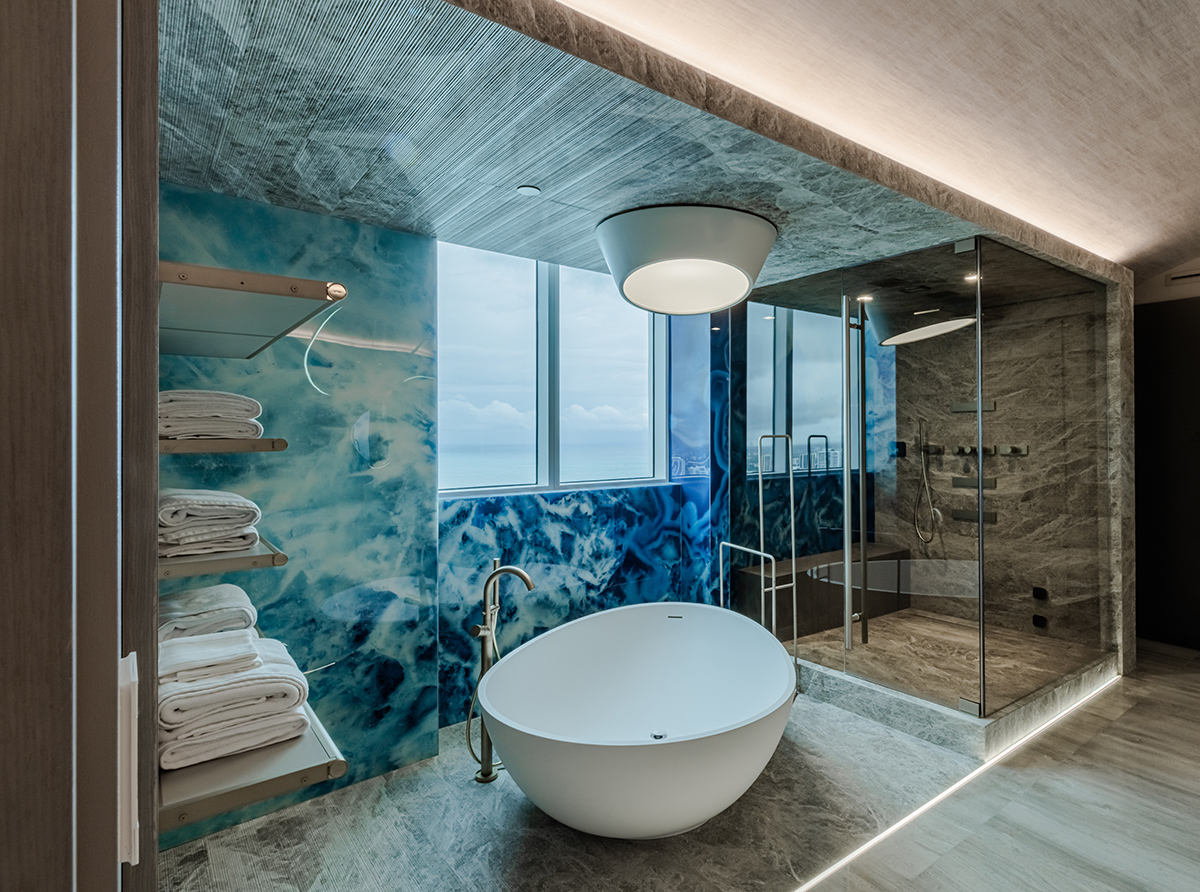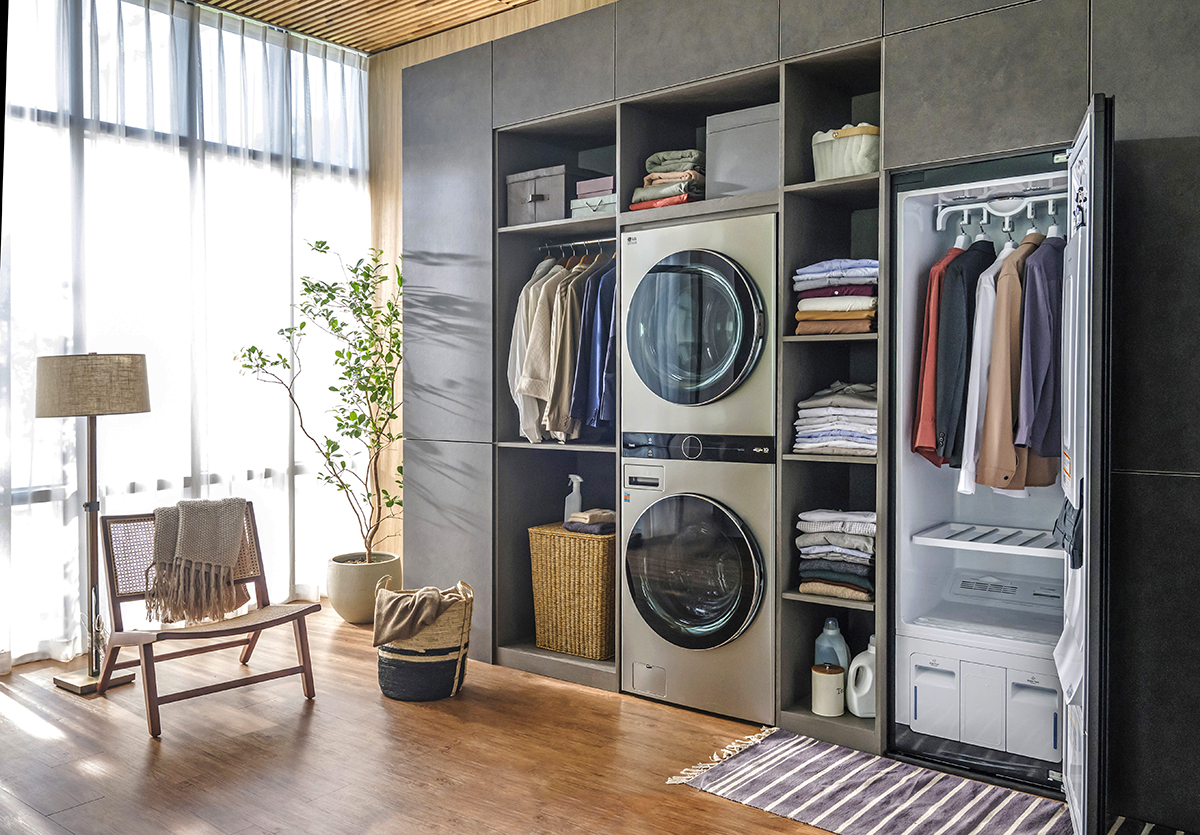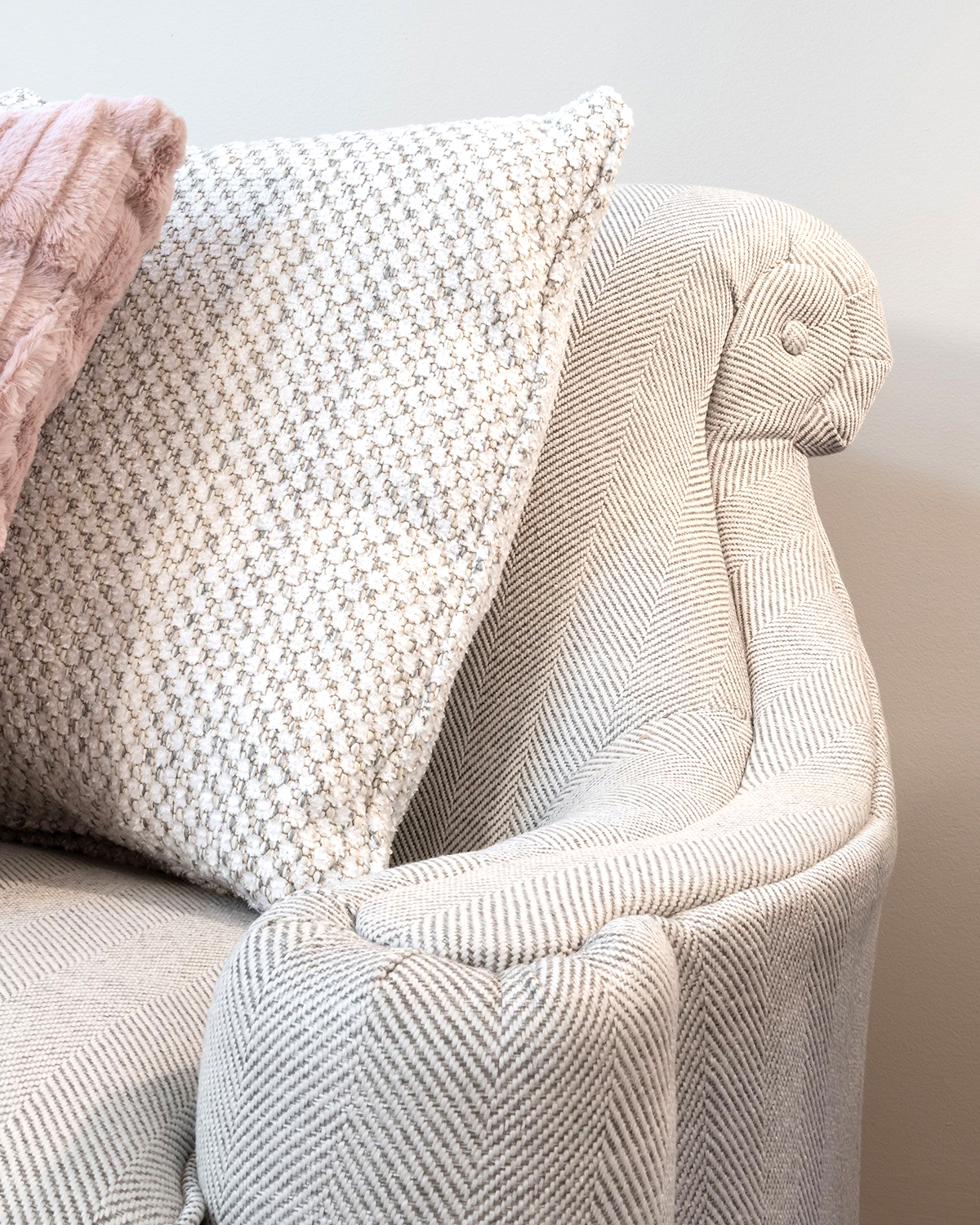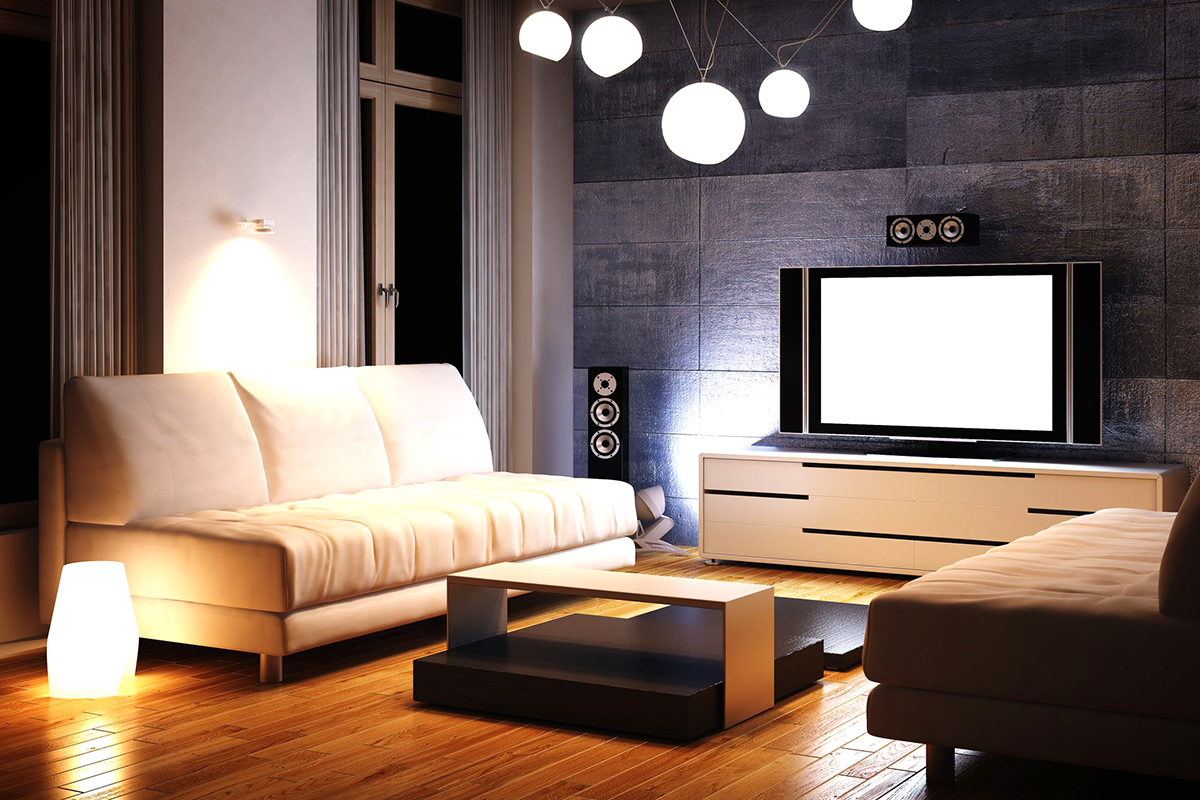WRITER | JENNIFER BUTLER AND AMY VANDE STREEK
PHOTOS | ASHLEY AVILA PHOTOGRAPHY / BILL LINDHOUT
Whether you’re building or renovating your forever home or your downtown condo or apartment, there are elements of the home that are intended to stay where they are. What fits in your house and with your architectural style doesn’t always or easily translate from one home to another; each environment is unique. This is often why people sell as much furniture as possible when they move. What works on Lake Michigan doesn’t work in Naples, Florida, and it’s simply easier to sell it than to move it.
Custom built-ins are most appropriate when you need furnishings tailored for a unique and specific purpose. Even if you don’t expect to stay in your home long term, it’s still nice to feel rooted wherever home is for the time being. Flexibility and mobility are also valuable characteristics in a home, but there’s no need to be afraid of building something with more permanence that is specific to you and your space.
EMBRACE EXCLUSIVITY
Each family is unique in the way it uses space. Often, this creates an opportunity where a customized solution will work best. No two people are the same, and what we require of our furnishings varies as well. While standard furniture can serve as a benchmark, the details – material properties, dimensions, finish, and quality of construction – may demand exceptions, and those exceptions present exciting opportunities for custom built-in design.
The dimensions of a built-in cabinet or alcove can be entirely customized to best display one-of-a-kind sculptures or your great-grandmother’s collection of rare china. With custom built-ins, you aren’t limited to finding furniture pieces that work with your personal style and space requirements. The goal is to showcase and design built-ins around your needs, not the other way around.
You simply can’t achieve the same level of design precision with mass-produced furniture. This certainly has its place but, by definition, must appeal to many people and fit in a variety of settings – not necessarily your particular setting. For instance, maybe your home office has 20-foot ceilings and you would like floor-to-ceiling shelving and a sliding ladder. The more unique and exacting your space, preferences, and needs, the more custom built-ins make sense for your home.
OWN YOUR FACILITY FOR CHANGE
Technology is perhaps the biggest challenge when customizing built-ins. Rapid technological advancements make designing a custom built-in entertainment or command center hard to justify. Consoles and components change, and the number and size of devices to charge also changes regularly. Smart home or not, technology inevitably influences home design.
If you are an early adopter and are known for preordering the latest in TV technology, designing an entertainment center around your current television doesn’t make a lot of sense. Conversely, if you foresee a lasting relationship with your 65” smart flat screen TV and Sonos sound system, own it and build it in. Attached to your old record collection and throwback turntable? Celebrate it, and go for built-ins. It’s a matter of knowing the level of technology you want in your home and how much change you want to be able to accommodate.
Bottom line: Built-ins work nearly anywhere, be it desks, bookshelves, banquettes, or bunk beds. Regardless of your capacity for change, there is solace in permanence. When nothing stays the same, some things will always remain. Planting roots never looked so good.



